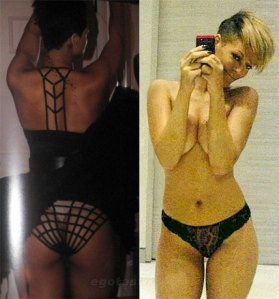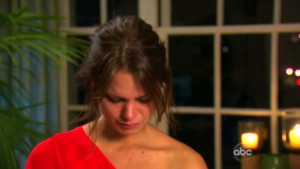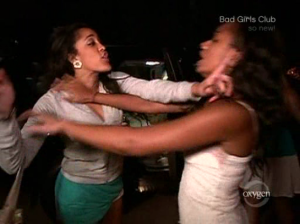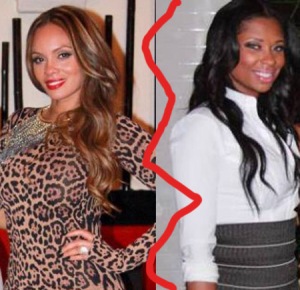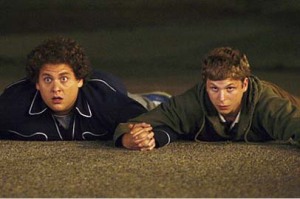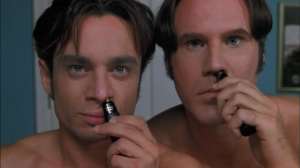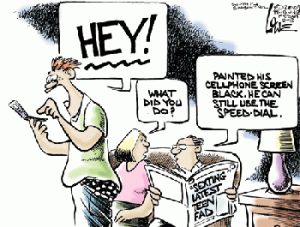 Want to become a convicted felon, land yourself in jail, and earn yourself a spot the sex offender list? Hopefully your answer is no. But, I have a surefire strategy that will earn you all three: sexting. Consider this a public service announcement.
Want to become a convicted felon, land yourself in jail, and earn yourself a spot the sex offender list? Hopefully your answer is no. But, I have a surefire strategy that will earn you all three: sexting. Consider this a public service announcement.
For all of you that don’t watch the news, read, have kids, or come out from under your rock, sexting is the act of sending sexually explicit/suggestive texts to another person – photographs and messages included. According to a Real Psychology study, 66% of people sext. And 65% of those people are teens, specifically between the age of 13 and 19.
Here’s the problem: as technology becomes more and more interwoven in our lives, our morals are not evolving seamlessly. Technology is changing so fast and culture can’t keep up. In the past, it was a wink or a bare shoulder that would signal the man of the woman’s interest. Our culture has changed (and I can’t say it’s for the better) but sexting has become the new flirting – a signal in interest for greater intimacy. Problem #1: teens are waaaayyy too young to be signaling sexual interest (my opinion). Problem 2: we have child pornography laws that severely punish people for doing this exact same thing (not my opinion).
How do I liken sexting to child pornography? It’s pretty easy, actually. If an 18-year-old boy receives a naked photo of his 17-year-old girlfriend, he is now liable for child pornography. If he distributes it, it only gets worse.
In 2010, Whoopi Goldberg uncharacteristically got worked up on the set of talk show, The View. The topic? Sexting. In an interview with Katie Couric for her Glamour column, Whoopi addresses this controversy…
Whoopi Goldberg: We had a really interesting young man on who was going with a girl for a long time. They always thought they would be together. He turned 18, they had a fight, he sent her naked picture to everybody in her phonebook. He’s now a sexual offender. He cannot live with his father, because his father lives too close to a school. He can’t hold a job. He is forced to go to weekly meetings of, you know, Sex A. Which really is not where he should be. He should be in a place where other people who have done what he’s done can sit down and say, “Here’s why it was dumb. Here’s why we shouldn’t be doing this.” But not with sexual abusers and rapists, because that’s not what he is. He’s a dumb kid.
Katie Couric: On the other hand, do there have to be significant deterrents to keep kids from abusing the technology?
Whoopi Goldberg: If you want to keep it from happening, you need to educate kids. You can’t educate them by putting them—it’s like putting a 13-year-old into Riker’s Island. You don’t do it. We have to start making adjustments, we have to teach young women: You don’t send naked pictures of yourself … because you can never take it back. It’s out there forever.
I have to agree with Whoopi. In these types of situations, the guys aren’t perverted child pornographers. They are immature young men who didn’t understand the consequences of their actions. The consequences are more difficult to understand when loads of famous people are caught sexting pretty frequently.
Care for some examples?
Anthony Weiner
(PG-13 example.)
Rihanna
Miley Cyrus
Others include: Ashton Kutcher, Blake Lively, Evelyn Lozada, Tony Parker, Vanessa Hudgens, Jennifer Williams.
So my point is this: the majority of kids being reprimanded for sexting didn’t know the severity of their actions. They do know, however, that many public figures have done it, mostly without any repercussions. So, it’s important to have the conversation, no matter how awkward it might get.


